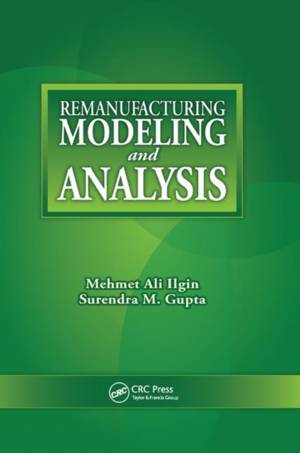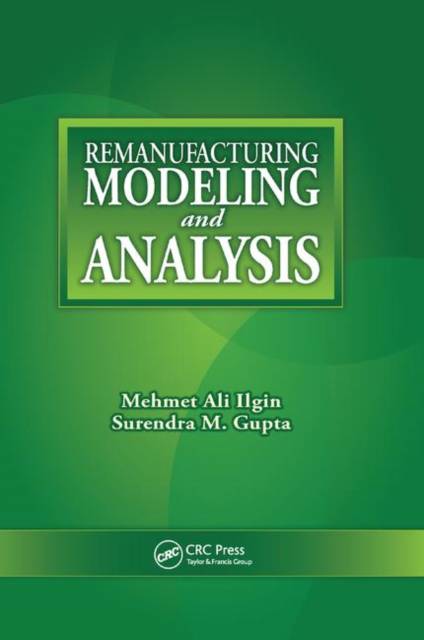
- Retrait gratuit dans votre magasin Club
- 7.000.000 titres dans notre catalogue
- Payer en toute sécurité
- Toujours un magasin près de chez vous
- Retrait gratuit dans votre magasin Club
- 7.000.0000 titres dans notre catalogue
- Payer en toute sécurité
- Toujours un magasin près de chez vous
Description
New, Now, Next. Consumers' ever growing appetite to acquire new products and their short courtship with them has kept manufacturers busy not only expending resources at an alarming rate, but also depleting these resources and giving rise to waste and pollution at a correspondingly increasing and disturbing rate. Traditional manufacturing methods that use mainly virgin materials to produce new products and dispose of the used products at the end of their lives are quickly becoming unsustainable. In addition, regulations that require manufacturers to take back products and dispose of them responsibly have forced manufacturers to establish dedicated facilities for product recovery--systems that minimize waste and maximize remanufacturing and recycling.
Remanufacturing Modeling and Analysis explores the design, planning and processing issues encountered in remanufacturing systems and provides examples of quantitative modeling methodologies to deal with them. The book covers the history, industry size and potential, comparison with other end-of-life options, benefits, conditions, challenges, and steps in a typical process. It provides a brief overview of each of the industrial engineering and operations research techniques used in the book and explains the models developed to increase the remanufacturability of product designs. The book also discusses how increasingly stringent environmental regulations and decreasing natural resources influence manufacturers toward more environmentally conscious manufacturing and product recovery initiatives. With easy-to-use mathematical or simulation modeling that demonstrates solutions for each remanufacturing issue, the book helps practitioners understand how a particular issue can be effectively modeled and how to choose the appropriate solution methodology. An in-depth look at quantitative analysis for remanufacturing systems, the book provides a foundation upon which to build a body of knowledge iSpécifications
Parties prenantes
- Auteur(s) :
- Editeur:
Contenu
- Nombre de pages :
- 439
- Langue:
- Anglais
Caractéristiques
- EAN:
- 9780367381615
- Date de parution :
- 19-09-19
- Format:
- Livre broché
- Format numérique:
- Trade paperback (VS)
- Dimensions :
- 155 mm x 234 mm
- Poids :
- 680 g

Les avis
Nous publions uniquement les avis qui respectent les conditions requises. Consultez nos conditions pour les avis.






